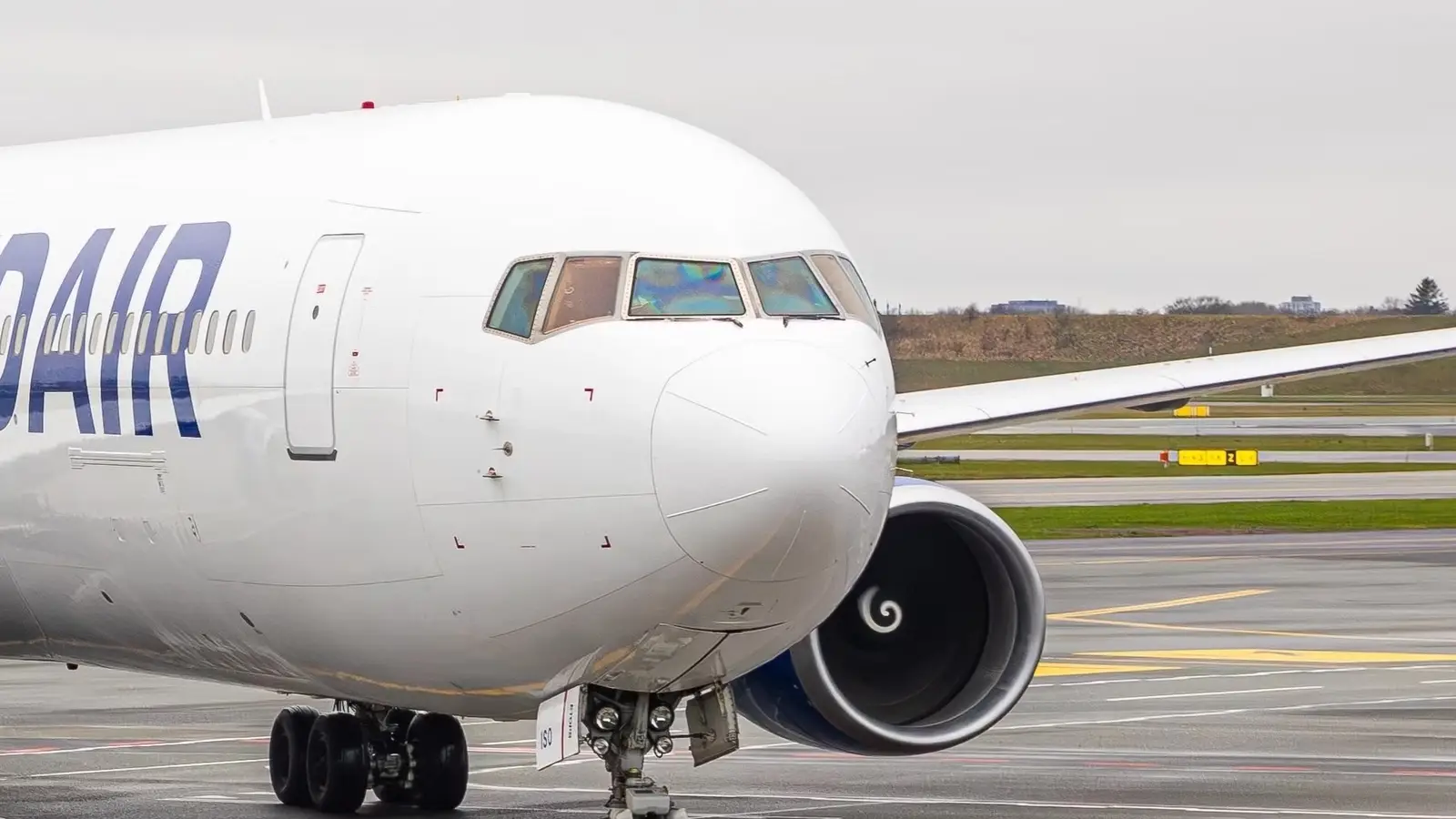Copyright Simple Flying

Iceland-based flag carrier Icelandair will end all widebody flying before retiring its fleet of Boeing 767-300ER aircraft by the end of 2026, ultimately accelerating a plan that previously saw the jet staying in service all the way until 2029. This move follows sustained losses tied to a small, aging subfleet, and it simplifies Icelandair's operations around the two narrowbody families that it operates. A single major hub in Keflavik feeds the airline's network. The airline will also trim its remaining Boeing 757 fleet as part of a large-scale strategic reset. From a strategic perspective, this concentrates capacity where Icelandair competes at its best. This is in terms of high-frequency transatlantic and European services that are suited to the operations of single-aisle aircraft. This allows for lower unit costs and fewer surprises in terms of maintenance. This is a back-to-the-basics bet that profitability can improve as fleet complexity and fixed costs begin to fall across the board. In third-quarter commentary, Icelandic flag carrier Icelandair noted that it had recorded unsustainable losses, which prompted a quick exit from operating in the widebody market. Three Boeing 767-300ER models are set to leave the fleet by the end of 2026, bringing to a close an era of widebody operations. This retirement plan, which was originally slated for 2029, has now advanced by several years, according to Travel And Tour World. Overall, near-term fleet actions include the removal of four Boeing 757-200 aircraft and a Boeing 767 from its fleet, with two more Boeing 767s and Boeing 757s set to depart in 2026. Starting in summer 2026, the airline is targeting an all-narrowbody operation of more than 40 aircraft centered on the Boeing 737 MAX and the Airbus A321LR. The network's overall focus remains on the hub-and-spoke model over Keflavik, with single-aisle range enabling most of Icelandair's transatlantic and European market capabilities. What Does All Of This Mean For The Airline? From a strategic perspective, Icelandair trades overall breadth for efficiency. The airline's three-frame Boeing 767 fleet is incredibly costly. It has expensive crews, spare parts, and maintenance lines that create disproportionate revenue growth. Exiting widebody services improves overall schedule resilience and sharpens the airline's cost per available seat mile (CASM) profile on stage lengths that are suited for single-aisle aircraft operations. This also de-risks capital spending during a soft profit year, redirecting cash towards Boeing 737 MAX and Airbus A321LR growth, improving reliability and product refresh capabilities. Cargo lift and peak-season seating demand help lower overall load factor requirements for the airline to actually turn a profit in the long term. Icelandair loses overall optionality on heavier leisure markets or overall charter demand. Continued mitigations include denser 737 MAX and Airbus A321LR layouts, with more frequencies and interline partners, leading to continued growth. Across the board, the airline leans into its historic advantage of operating high-frequency narrowbody transatlantic services via its Reykjavík hub. The airline is also aiming for steadier margins and simpler execution after years of continued widebody underperformance. What Does All Of This Mean For Passengers? Most passengers will be seeing similar network growth featuring more single-aisle aircraft frequencies instead of fewer widebody departures. Onboard, Icelandair's newer Boeing 737 MAX services and incoming Airbus A321LR models will generally offer quieter cabins, improved overall air quality systems, and modern interiors in comparison to aging Boeing 767 models. Though overall cabin width is narrower, and aisle space is tighter in narrowbody models, products are mostly standardized across the fleet. This gives the airline better scheduling choices on popular city pairs as more frequencies continue to be added.



